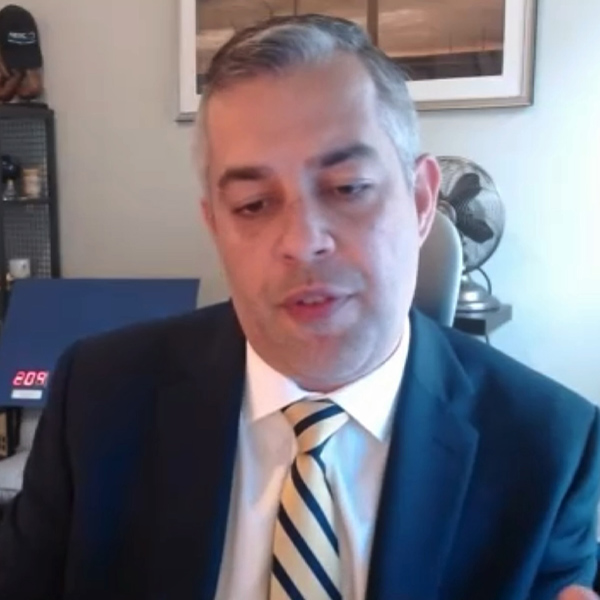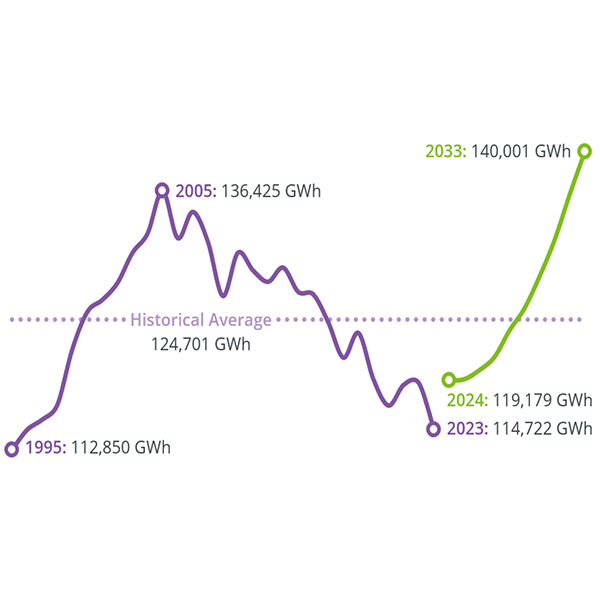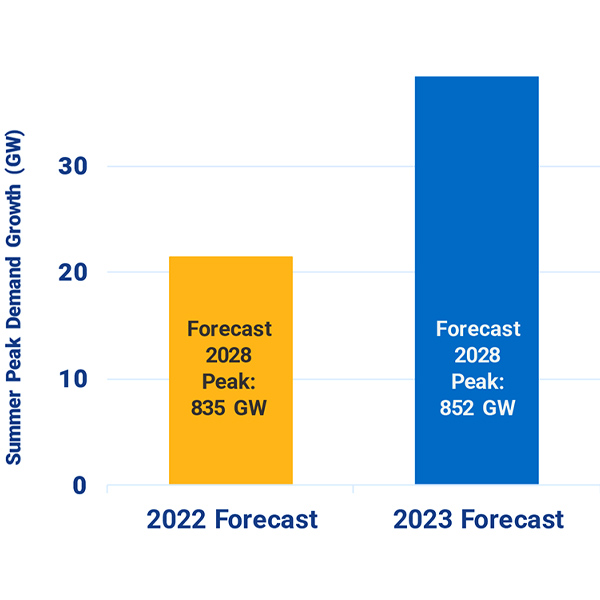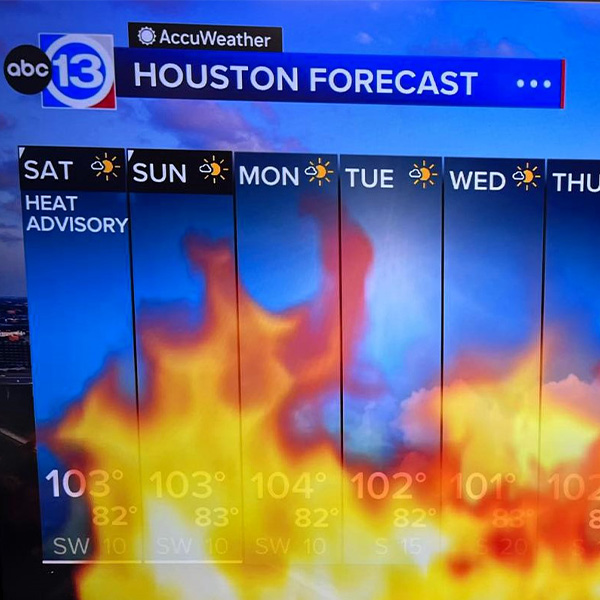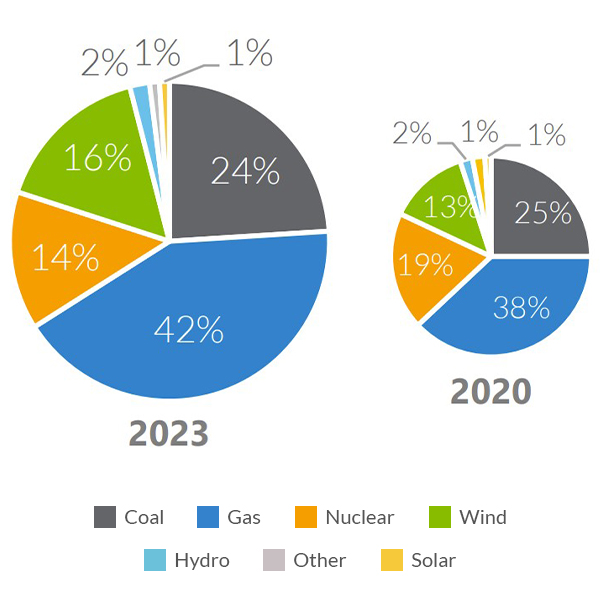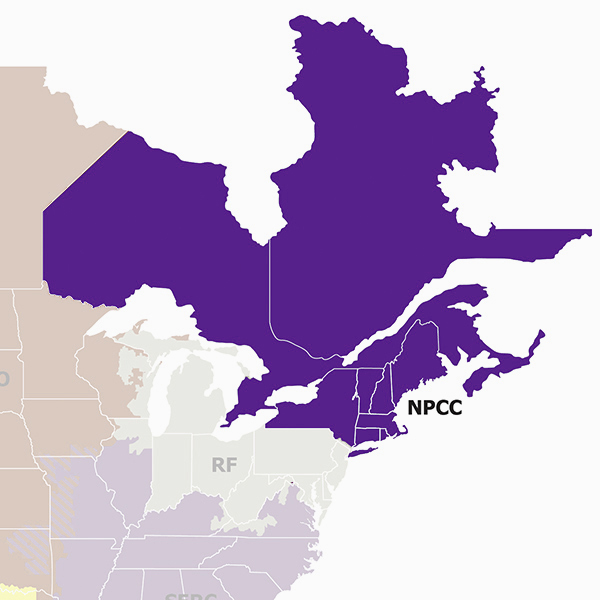peak demand
ERCOT’s latest capacity, demand and reserves report projects summer peak demand will increase to more than 97 GW by 2034.
The ERO says the grid could face challenges during periods of extremely high temperatures this summer.
ISO-NE is predicting that New England’s peak load will increase by about 10%, and electricity consumption by 17%, by 2033, according to its 2024 Capacity, Energy, Loads and Transmission report.
ERCOT set a new winter peak during a winter blast that pushed temperatures 30 to 50 degrees below normal in Texas.
After years of low load growth, U.S. grid planners now predict a sharp increase in electric demand, according to a report by consulting firm Grid Strategies.
The ERCOT grid continues to operate under normal conditions, the grid operator said, even as this summer’s peak demand is 4.3% higher than last summer’s.
Former EIA Administrator Linda Capuano has been appointed to ERCOT's Board of Directors.
ERCOT is setting records for peak demand in what has been described as "hellacious" temperatures, "even by Texas standards."
May in MISO proved no trouble for control room operators.
Canada’s Ontario and Maritimes provinces may have to rely on energy imports and operating procedures to meet energy needs this summer, the NPCC said.
Want more? Advanced Search

